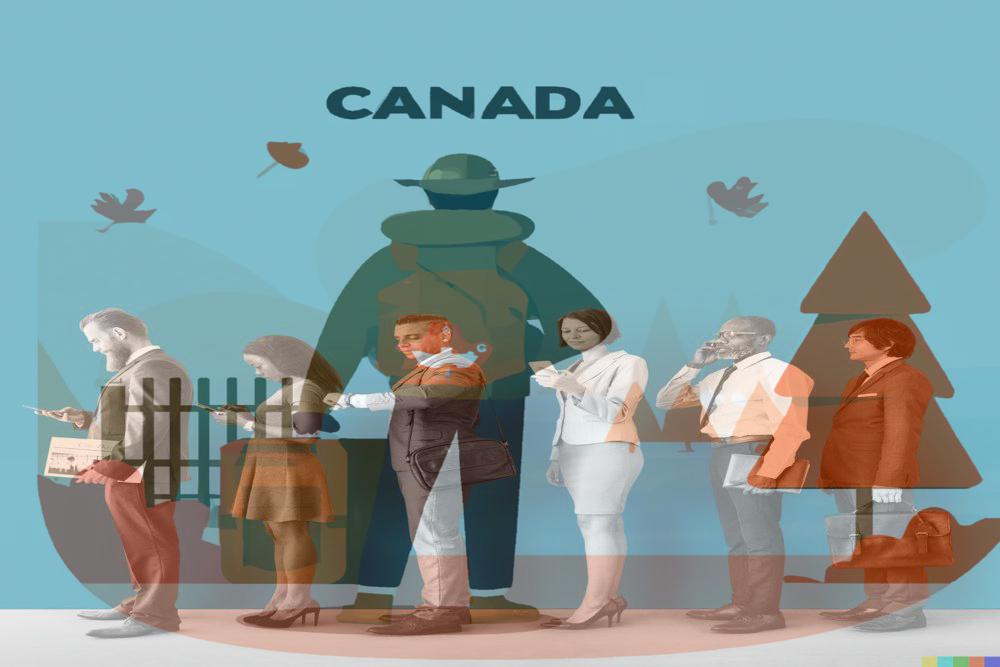
Canada, with its vibrant multicultural society and robust economic opportunities, has become a top destination for people worldwide seeking a better life. Often, the first thought for potential immigrants is to secure a job in Canada. While this is indeed a viable route, it's also one of the most challenging paths to traverse. The good news? There's a far less strenuous, and arguably more rewarding alternative - the numerous immigration programs offered by the Canadian government at both the federal and provincial levels.
In this comprehensive guide, we'll discuss these alternative pathways to Canadian immigration, the benefits of a Do-It-Yourself (DIY) approach, how to sidestep potential scams, and the vital steps to prepare for a fulfilling life in Canada.
Canada's immigration system is diverse, designed to attract a broad range of skilled individuals. Various programs cater to different groups, including professionals, entrepreneurs, students, family members of Canadian residents, and refugees. Some of the more popular ones include the Federal Skilled Workers Program, Canadian Experience Class, and Provincial Nominee Programs.
Although these programs are straightforward, they do require a significant commitment of time and meticulous attention to detail. However, the DIY approach to navigating these processes comes with considerable advantages: it's cost-effective, reduces the risk of falling prey to scams, and ensures you maintain control over your personal data.
As the popularity of Canadian immigration continues to soar, so too does the number of unscrupulous agents and deceptive websites. These entities often lure potential immigrants with promises of guaranteed immigration or expedited processes, usually at exorbitant costs. Worse still, some have been known to misuse personal information for nefarious purposes.
One of the best ways to circumnavigate these scams is to adopt a DIY approach. The Canadian government provides a wealth of resources online to guide you through every step of the application process. These resources ensure that you have all the accurate and relevant information you need to complete your application correctly.
The conventional wisdom often paints job hunting as the first step in the immigration process. However, it's far more practical to focus on it once you've secured your immigration status. With the clarity that comes with this status, you can conduct a comprehensive search to identify where your skills fit best in the Canadian ob market. Be sure to utilize Canadian job boards, professional networking sites, and industry-specific resources to gain insight into opportunities in your field.
Canada Hires has a published book for the
Choosing a city to call home is a crucial step in the process. Canada is incredibly diverse, with cities that cater to varying lifestyles and preferences. When selecting a city, consider factors such as job opportunities in your field, cost of living, climate, cultural diversity, and quality of education if you're moving with kids.
Toronto, for example, is Canada's largest city and boasts a thriving economy with a wide array of job opportunities, particularly in finance, technology, and media. However, the cost of living is relatively high. Vancouver, on the other hand, is known for its film industry and tech startups and offers a more temperate climate. If you're in the oil and gas industry, Calgary might be the best fit for you.
For families, cities like Ottawa and Burlington are often lauded for their excellent school systems and family-friendly environments. If you're more inclined towards a quieter, smaller town vibe, cities in Atlantic Canada like Halifax or St. John's might be more appealing.
Once you've successfully navigated the immigration process and have chosen a city, it's time to turn your attention to adjusting to life in Canada. Here are some things to consider:
The journey to immigrating to Canada, while seemingly overwhelming, doesn't have to be an insurmountable challenge. With the right tools, resources, and a DIY mindset, you can navigate the process effectively and safely. Remember, the key to a successful immigration process is thorough preparation, meticulous attention to detail, and well-informed decision-making. By taking control of your immigration journey, you're not just safeguarding your interests but also paving the way for a smoother transition to your new home in Canada.